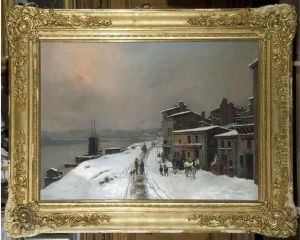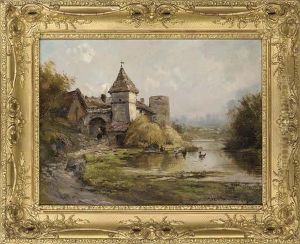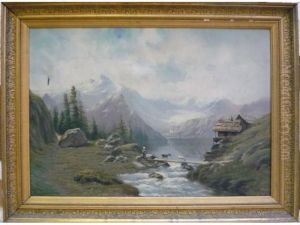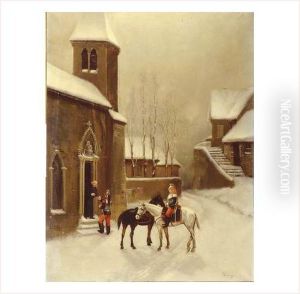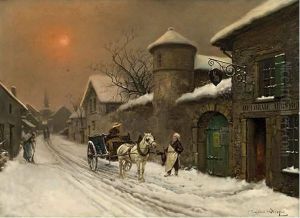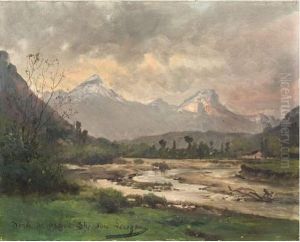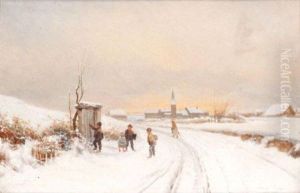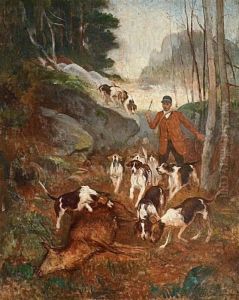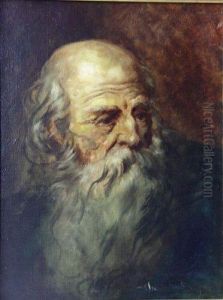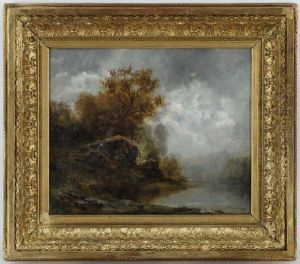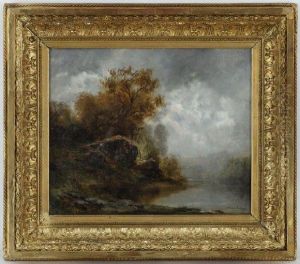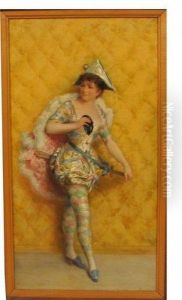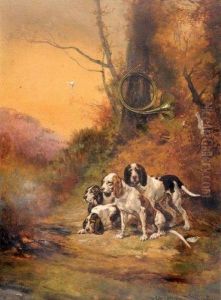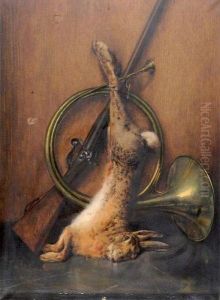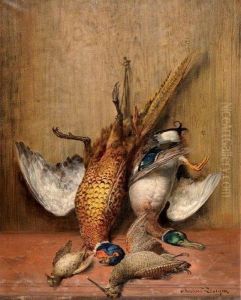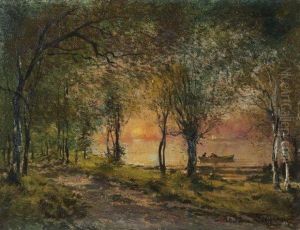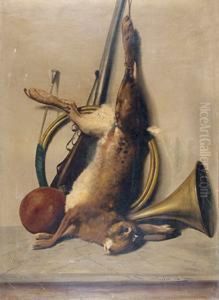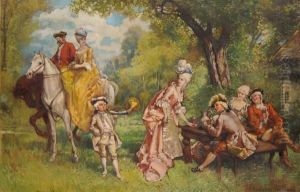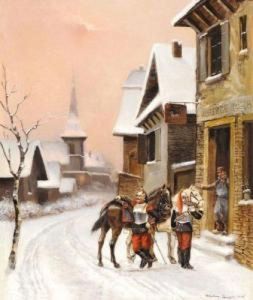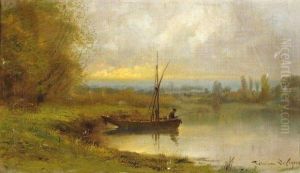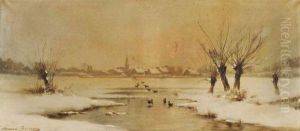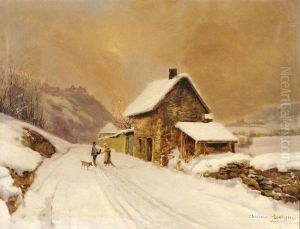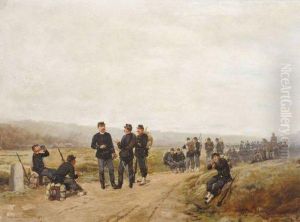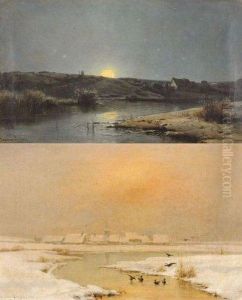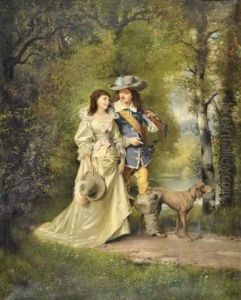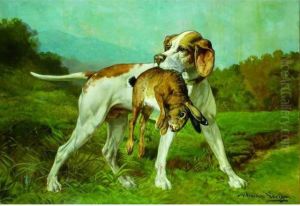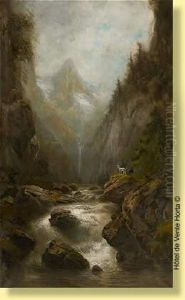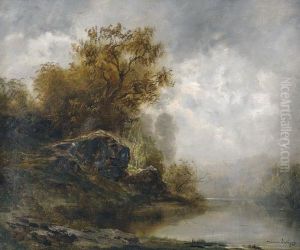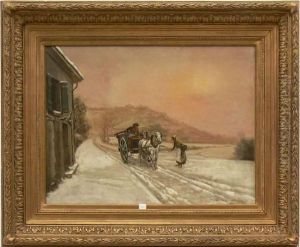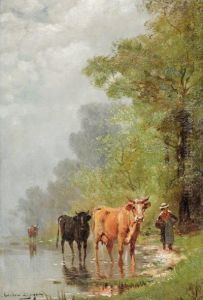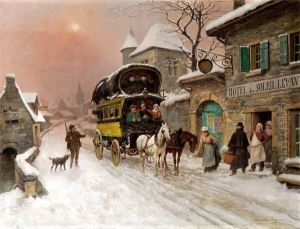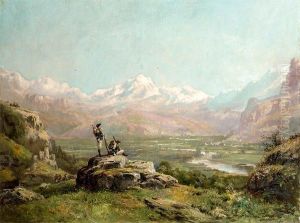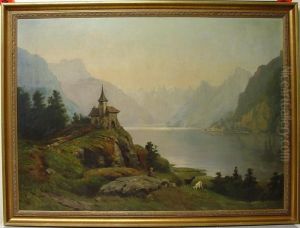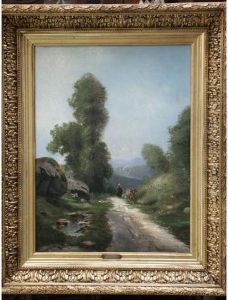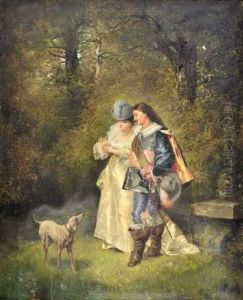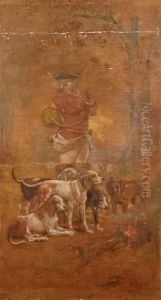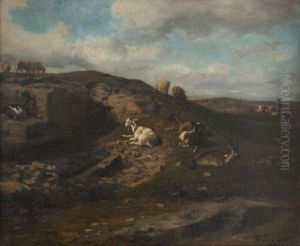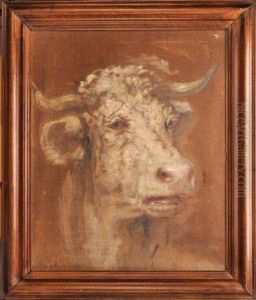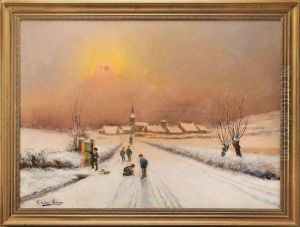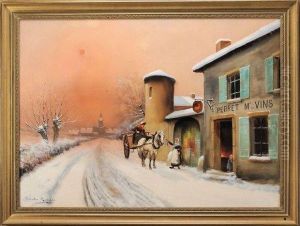Theodore Levigne Paintings
Théodore Lévigne was a French landscape painter born in Lyon on December 29, 1848. He showed an early talent for art and was enrolled at the École nationale supérieure des beaux-arts de Lyon, where he received his initial training. Afterward, he continued his studies in Paris at the École des Beaux-Arts under the tutelage of Jean-Léon Gérôme, a prominent academic painter of the time. Lévigne's education was grounded in the academic tradition, which emphasized classical forms and techniques, as well as the importance of drawing.
Lévigne's work was heavily influenced by the Barbizon school, a movement that focused on realism in landscape painting and portrayed the French countryside with a new sense of naturalism. He was also inspired by the impressionists, particularly in their use of light and color. However, Lévigne did not fully adopt the impressionist style; instead, he combined elements of both traditional academic painting and the new impressionistic approach to light and atmosphere.
Throughout his career, Théodore Lévigne participated in numerous exhibitions, most notably the Paris Salon, where he exhibited regularly. His landscapes often depicted the regions of Dauphiné and Savoy, as well as the coasts of Normandy and Brittany. These works were well-received for their poetic representation of the French countryside and its varying moods.
Lévigne was not only a painter but also an educator. He taught at the École des Beaux-Arts in Lyon, where he influenced a generation of young artists. His teaching was known for emphasizing the importance of working en plein air (outdoors) to capture the changing qualities of light and weather, which was a practice adopted from the impressionists.
Théodore Lévigne's contributions to French art were recognized in 1898 when he was decorated with the Legion of Honor, one of the highest distinctions in France. He continued to paint and exhibit his work until his death in Lyon on October 15, 1912. His legacy is preserved in the collections of various French museums, and his influence is seen in the works of his students and the generations of landscape painters that followed.
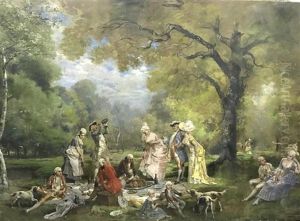
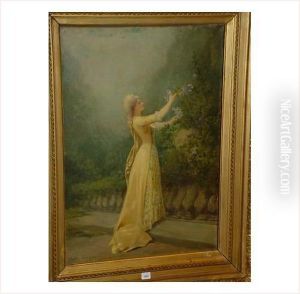
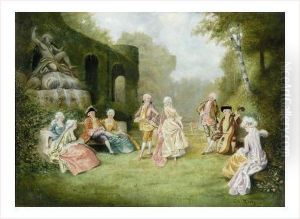
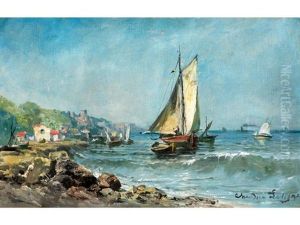
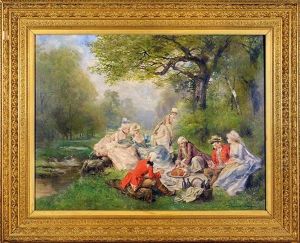
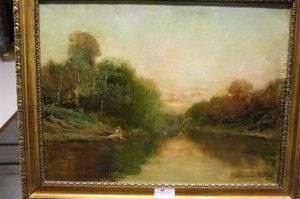
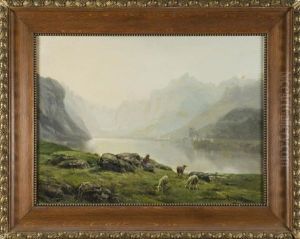
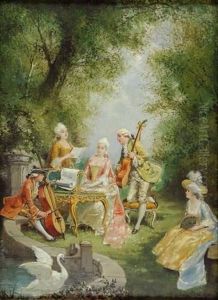
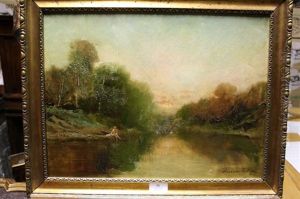
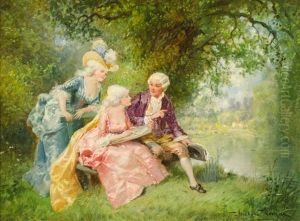

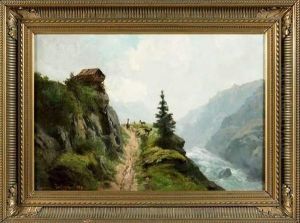
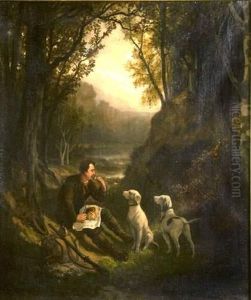
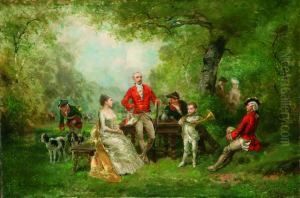
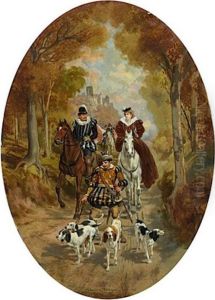
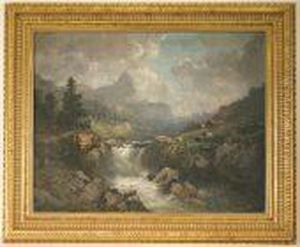
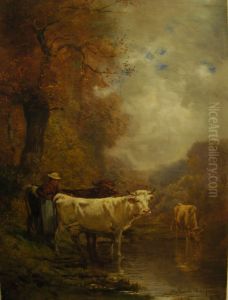
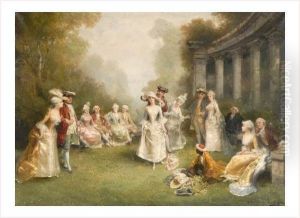
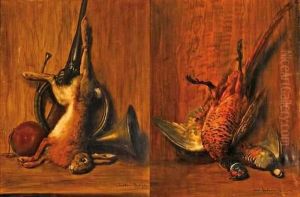
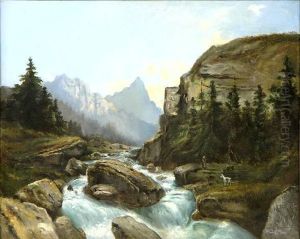
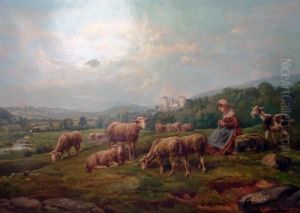
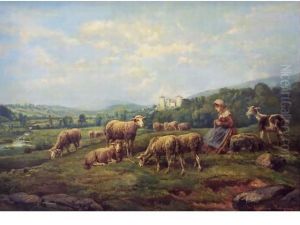
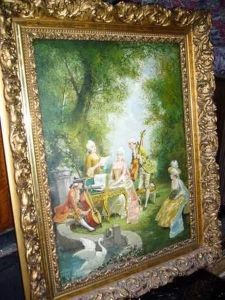
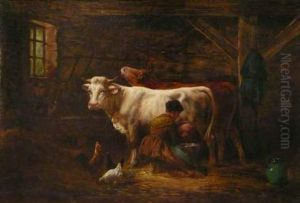
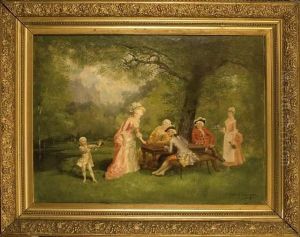
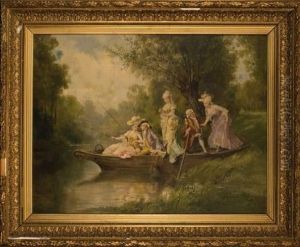
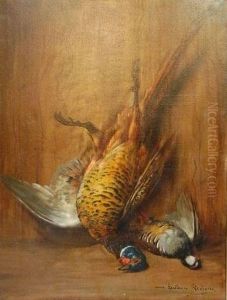
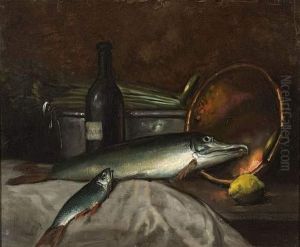
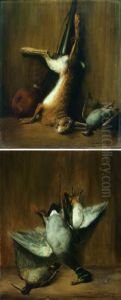
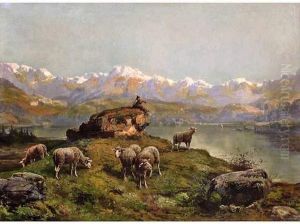
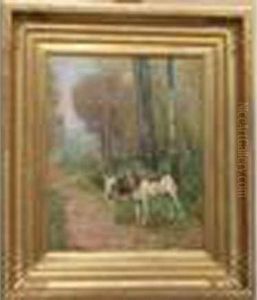
![La Baigneuse [ ; The Bather ; Signed Lower Left Th Levigne ; Oil On Canvas]](https://www.niceartgallery.com/imgs/2456948/s/theodore-levigne-la-baigneuse-the-bather-signed-lower-left-th-levigne-oil-on-canvas-f76897ab.jpg)
